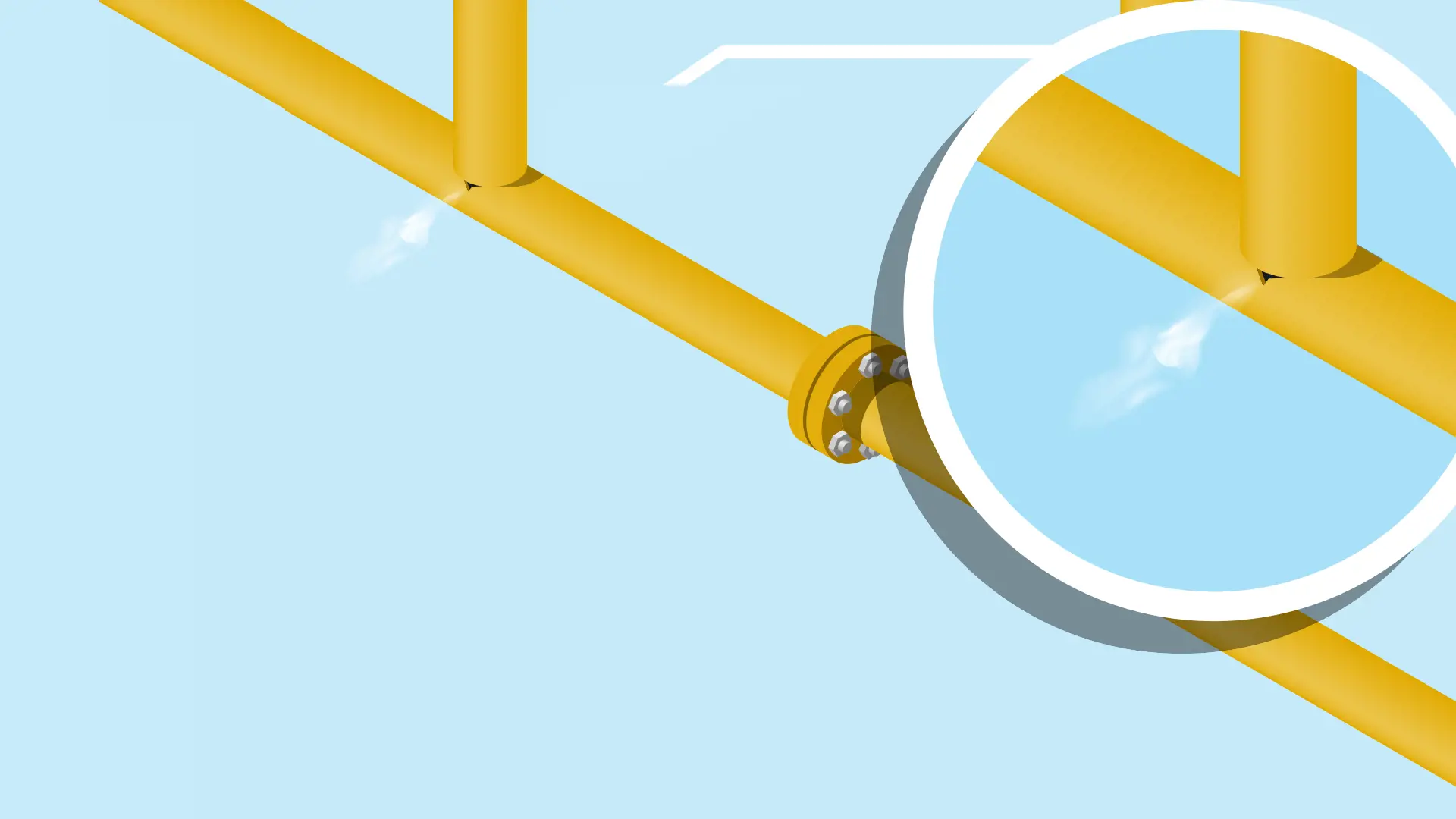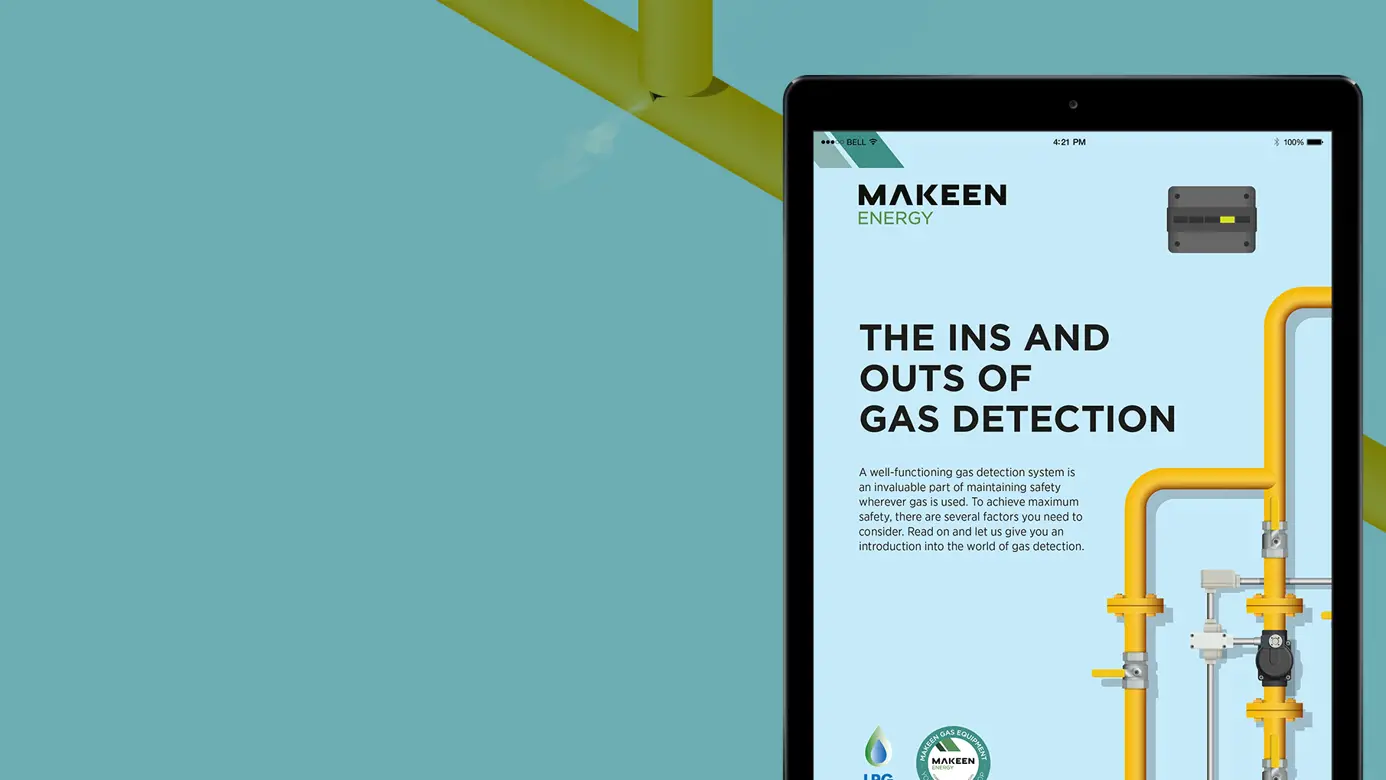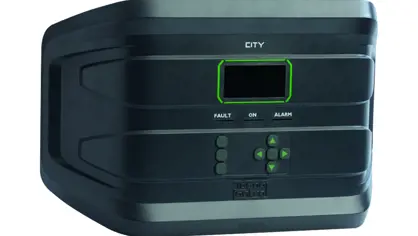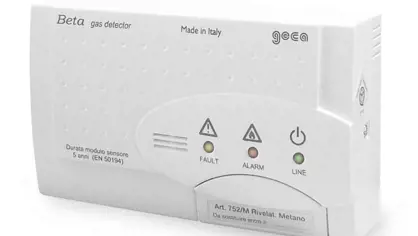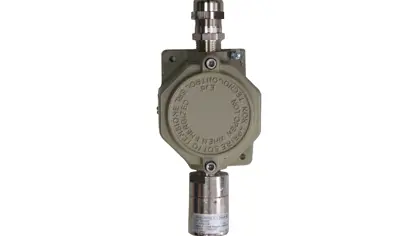Blog
A well-functioning gas detection system is an invaluable part of maintaining safety wherever gas is used. To achieve maximum safety, there are several factors you need to consider. Make the safe choice - read on and let us give you an introduction into the world of gas detection.
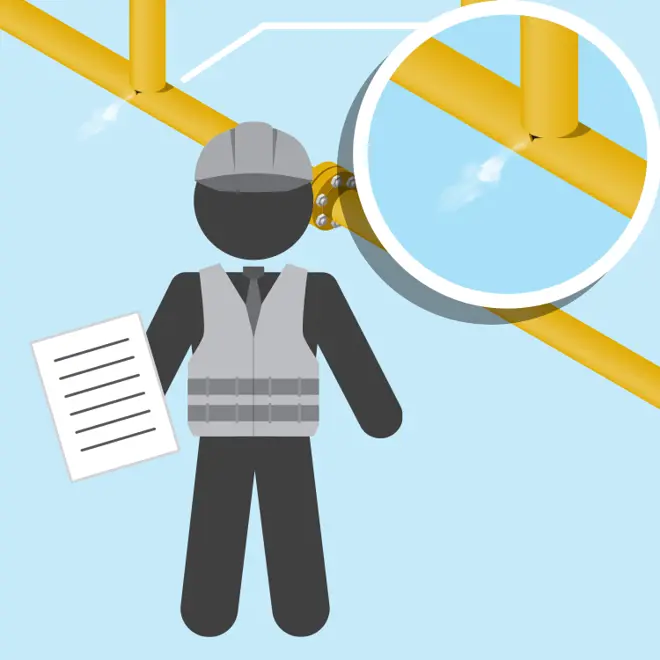
Why is gas detection necessary?
Most commonly used gases, such as natural gas or Liquefied Petroleum Gas (LPG, a mix of propane and butane) are invisible to the naked eye and highly explosive under the “right” circumstances. To aid in detection, a strong-smelling odorant is added to the – otherwise odourless – gas. This allows the human nose to act as a gas detector.
There are several reasons why the human nose is not enough, however:
- A properly installed and maintained gas detection system can detect leaks faster and more reliably than the human nose. The sooner you can act, the easier it is to limit the amount of leakage.
- Someone might not always be present when a leak happens. It can happen overnight.
- Gas can be heavier or lighter than the air in the room. This means that it will concentrate near the floor or the ceiling, where it may be out of reach of your nose.
- Whenever necessary, a gas detector can automatically activate a shut-off valve in the supply line and stop a leak.
Know your explosion limits
A leak with combustible gas can cause a fire or an explosion hazard in case we have an ignition source and the gas/air ratio in the surroundings is somewhere between the Lower Explosion Limit (LEL) and the Upper Explosive Limit (UEL).
If the gas concentration in the air is below the Lower Explosion Limit (LEL), ignition can’t happen. Similarly, if the gas concentration is “rich”, meaning above the Upper Explosion Limit (UEL), an ignition will not be possible unless the mixture is diluted with air. Only in between the LEL and the UEL do we have a risk of ignition/explosion.
Therefore, most gas detectors are calibrated to send an alarm signal a long time before we reach the critical Lower Explosion Limit.
Typically, the alarm level can be set at 20% of LEL. An early warning in due time before reaching the critical gas/air mixture (LEL) allows us to react and stop the leakage or leave the area.
In some installations, the gas supply will be turned off by the help of an actuated shut-off valve, and leakage will stop.
Note: Even if the concentration of gas is not within its explosive limits, it can still present a danger when inhaled – either because the gas is toxic or because it has displaced the oxygen in the air, making it impossible for humans to breathe.
Here are the explosion limits for a few of the more common combustible gases:
- Propane: 2% to 9.5%
- Butane: 1.5% to 8.5%
- Methane (Natural gas): 5% to 15%
- Hydrogen: 17% to 56%*
- Ammonia: 15% to 28%
*Even outside of this range, hydrogen is still flammable in concentrations between 4% and 75%.
Types of gas hazards
Gas detectors normally close the safety shut-off valve when the gas reaches 20% of the Lower Explosion Limit – in due time to avoid an explosion!
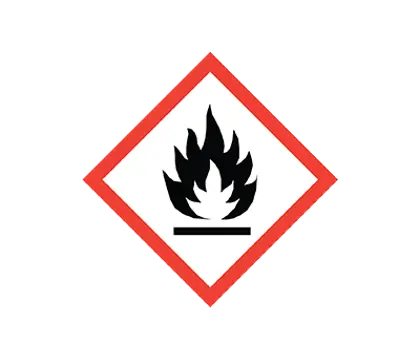
Explosive/Combustible:
Can combust if ignited in certain mixes of air.
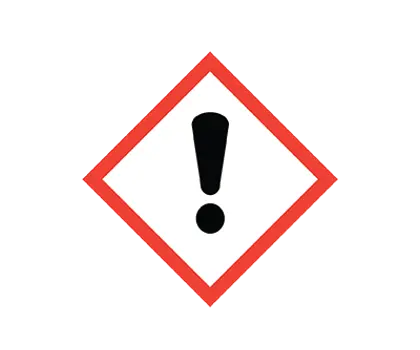
Toxic:
Exposure is harmful to human health.
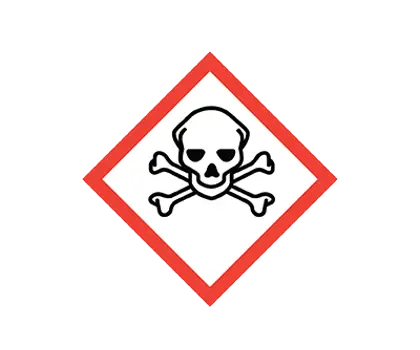
Oxygen deficiency:
Displaces oxygen in the air.
Where is gas detection important?
Wherever there is even a slight risk of a gas leak, it is crucial to have a well-functioning gas detection system in place. They are not, therefore, limited to businesses that handle or consume gas. Many schools, for example, use LPG for burners in laboratories.
One good rule to go by is this: If there is a gas flange, coupling or valve in the room, that room has a potential leak risk and should be fitted with one or more gas detectors. In general, wherever 2 separate parts connect to each other in a gas system, a gap can appear that lets out a small or large amount of gas. Basements and rooms with open flames or limited ventilation require special attention!
Wherever protection of people and properties is crucial, a well-designed gas detection system will increase safety levels and reduce the risk of hazards.
Intelligent combinations with ventilation, pressure monitoring, and automated shut-off functions can lift safety to an even higher level.
Make the safe choice - contact MAKEEN Gas Equipment's specialists and share your thoughts.
How did the leak happen?
When leaks occur, it is often due to one of the following:
- Improper installation
- Lack of maintenance
- Worn-out equipment
- A faulty component
- Wrongful choice of sealant
- Human error
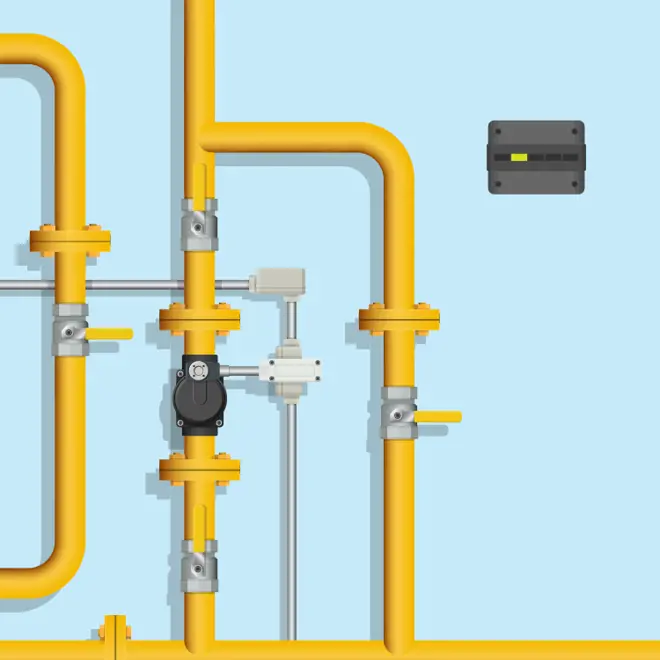
Go high or go low?
The type of gas you use determines the proper placement of your gas detector. In the event of a gas leak, some gases float upwards while others sink to the floor.
This means that if your gas detector is wrongly placed, it may not be able to register the presence of gas before it has filled most of the room. Therefore, if your gas is heavier than air (which is the case for LPG, propane, butane) your gas detector should be placed close to the floor – and close to the ceiling if the gas is lighter than air (Natural gas/methane, hydrogen).
Ammonia is an example of a gas that is lighter than air, but because it absorbs moisture from the air, it eventually becomes heavier and sinks to the floor. It could be recommended to place detectors both high and low when dealing with this gas, as ammonia is both toxic and explosive.
Propane and Butane are heavy gasses, and they will seek lower areas. Relative density > 1
Methane and Natural gas are light gasses and will stream upwards. Relative density < 1
(Relative density for air = 1)
Did you know?
Some people get the idea to test the effectiveness of their gas detection system by holding an open gas lighter, directly under the sensor. This is a big mistake! The concentrated lighter gas is likely to overload the sensor, ruining it or severely shortening its lifespan. Gas sensors should be tested frequently – and only using special calibration gas/test gas (available from MAKEEN Gas Equipment - find your local contact here).
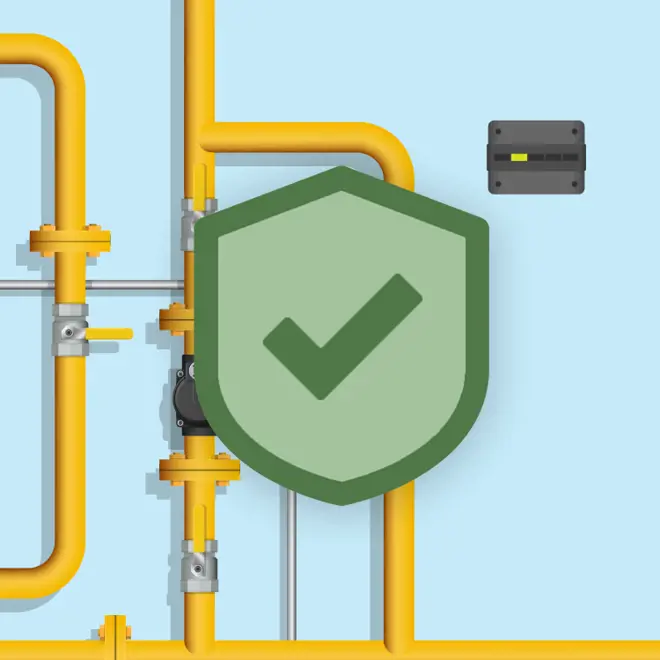
Safety is a continuous process

Personal or hand-held gas detectors:
The choice for professionals
A personal or portable gas detector is the ideal safety tool for anyone who works in a hazardous environment. Portable gas detectors let you check for gas leaks anywhere, and personal gas detectors simply clip onto your clothing and provide you with an instant alert if you find yourself in an area with critical gas concentration.
Choose the right quality of sensor
For it to function optimally, the size and type of sensor in your gas detector must fit the space and conditions that it will be used in.
Domestic sensors are usually attractive in terms of price, but they are not designed for the rough conditions of industrial environments.
Industrial sensors are made for these spaces and will provide excellent safety anywhere. When in doubt, we always recommend an industrial type sensor.
Both types can be integrated in a control system for multiple sensors and shut-off valves.
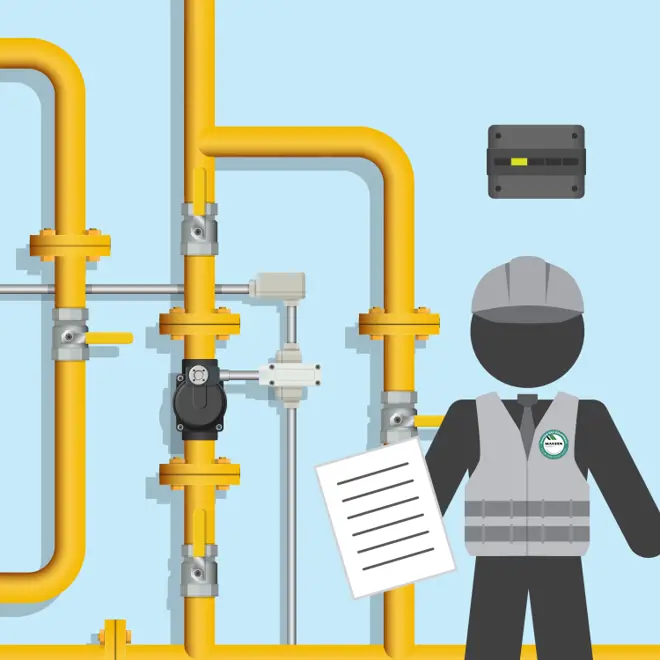
When in doubt, ask the experts
We hope the information here has helped you gain a better understanding of the different aspects involved in keeping an eye on leakages. So what is the next step if you want to achieve the optimal gas detection setup? Get in touch with us.
Our people have the experience and know-how that makes them experts on all matters relating to gas safety. Our product range includes all kinds of gas detectors from only the most reliable and proven suppliers. No matter what your needs may be, we can help you achieve the perfect result that will keep you, your employees and your business safe.
We will be happy to guide you in choosing the right type, amount and placement of gas detectors. Call your nearest office, or send us an e-mail, and one of our gas experts will tell you all you need to know.
Download the e-book
How do you set up a gas detection system? Here are some basic facts about gas and gas detectors, including explosion limits and placement of sensors.
Gas detection products
Get in touch!
If you are wondering whether we can help keep your equipment run better and longer, don't hesitate to give us a call or write an e-mail.
